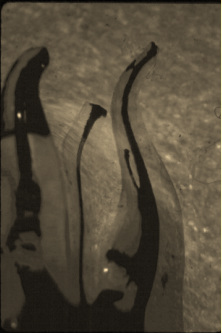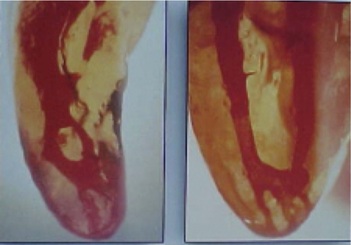Why is root canal retreatment required?

Root canal treatment entails removing the entire pulp from a tooth. This is what dentists attempt to do when they treat a tooth endodontically. However, the root canals in teeth vary in shape and anatomical arrangement. Adjacent is a tooth which has had India Ink dye placed within the root canal system. This picture demonstrates the variation and complexity in root canal anatomy.
When a root canal treated tooth becomes symptomatic, it is often related to pulpal tissue which remains within the root canal spaces, leaching out into the bone. This altered pulpal tissue may harbour bacteria which invokes an inflammatory reaction.
Retreatment of the tooth allows for further cleaning (debridement) of the root canal spaces. This treatment often results in healing and tooth retention. The success rate of root canal retreatment is approximately 85%.
When a root canal treated tooth becomes symptomatic, it is often related to pulpal tissue which remains within the root canal spaces, leaching out into the bone. This altered pulpal tissue may harbour bacteria which invokes an inflammatory reaction.
Retreatment of the tooth allows for further cleaning (debridement) of the root canal spaces. This treatment often results in healing and tooth retention. The success rate of root canal retreatment is approximately 85%.
Red dye was placed within root canal spaces of single rooted teeth. One of the roots in the photo below has one canal while the other root has two root canals within it.

You will notice that root canals are not straight lines. Thus it is necessary to debride (clean) the root canal system with both instruments and chemicals. The mechanical instruments scrape the walls of the root canals while the chemicals pass into all the spaces the instruments cannot enter, and dissolve the tissue within these spaces. This chemomechanical debridement allows for a high success rate in endodontic treatment.
